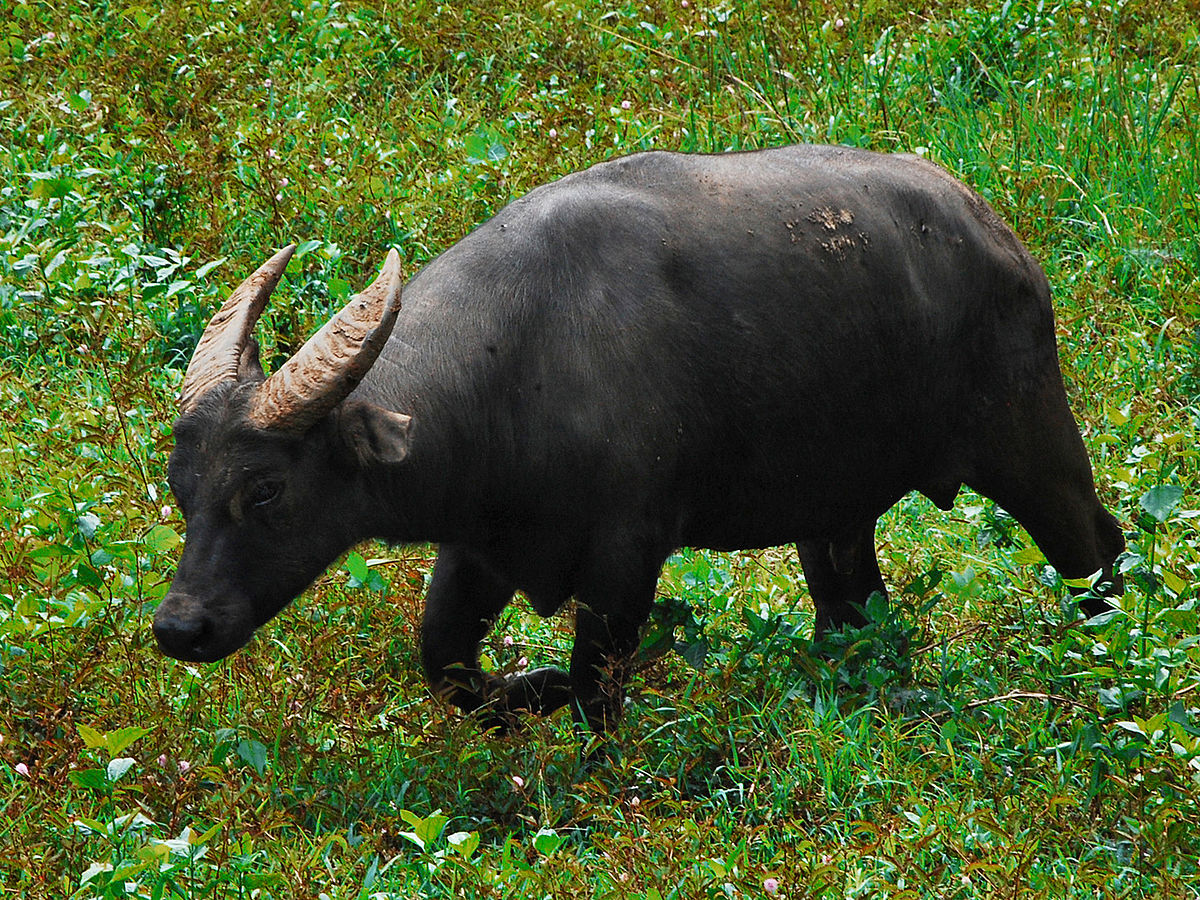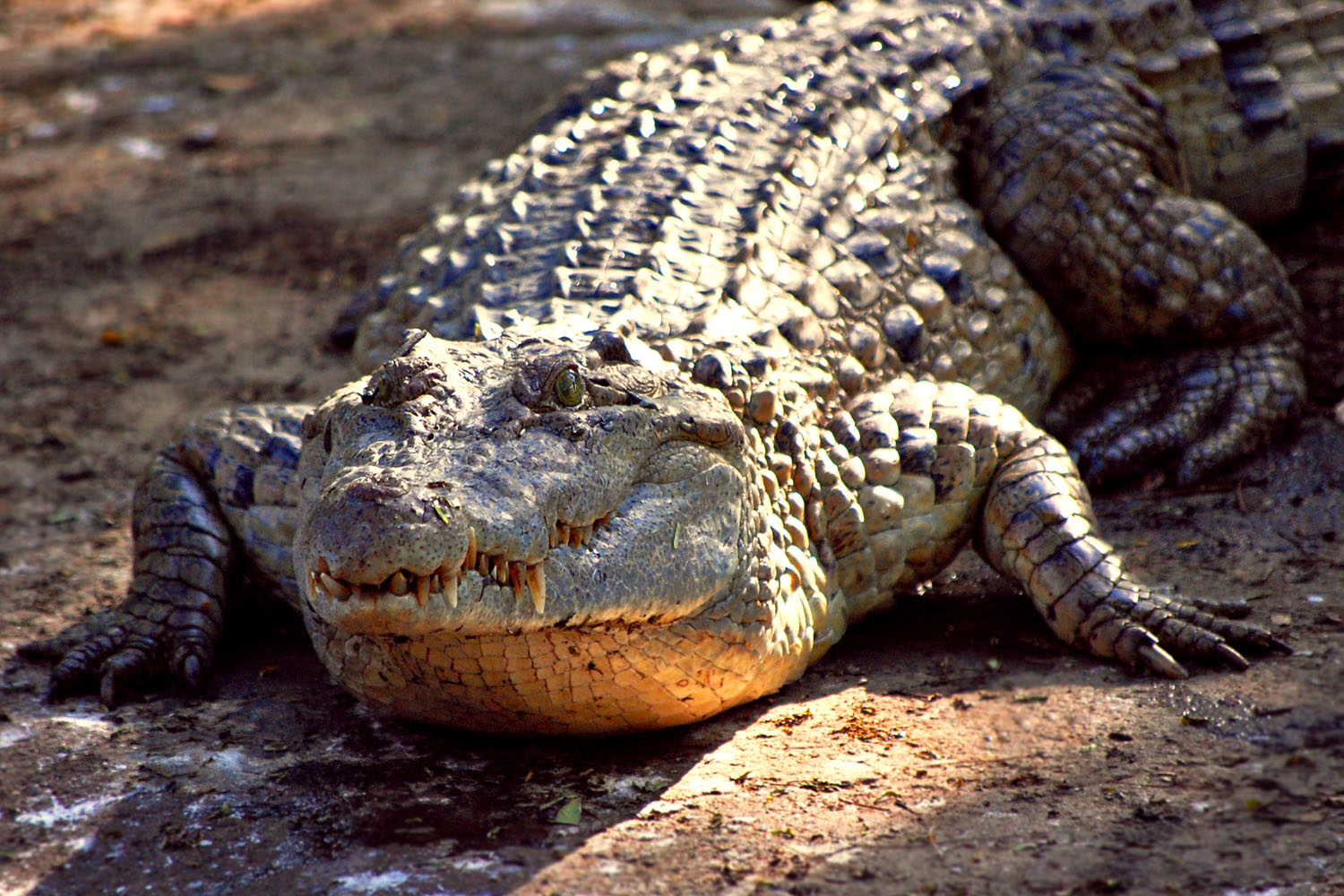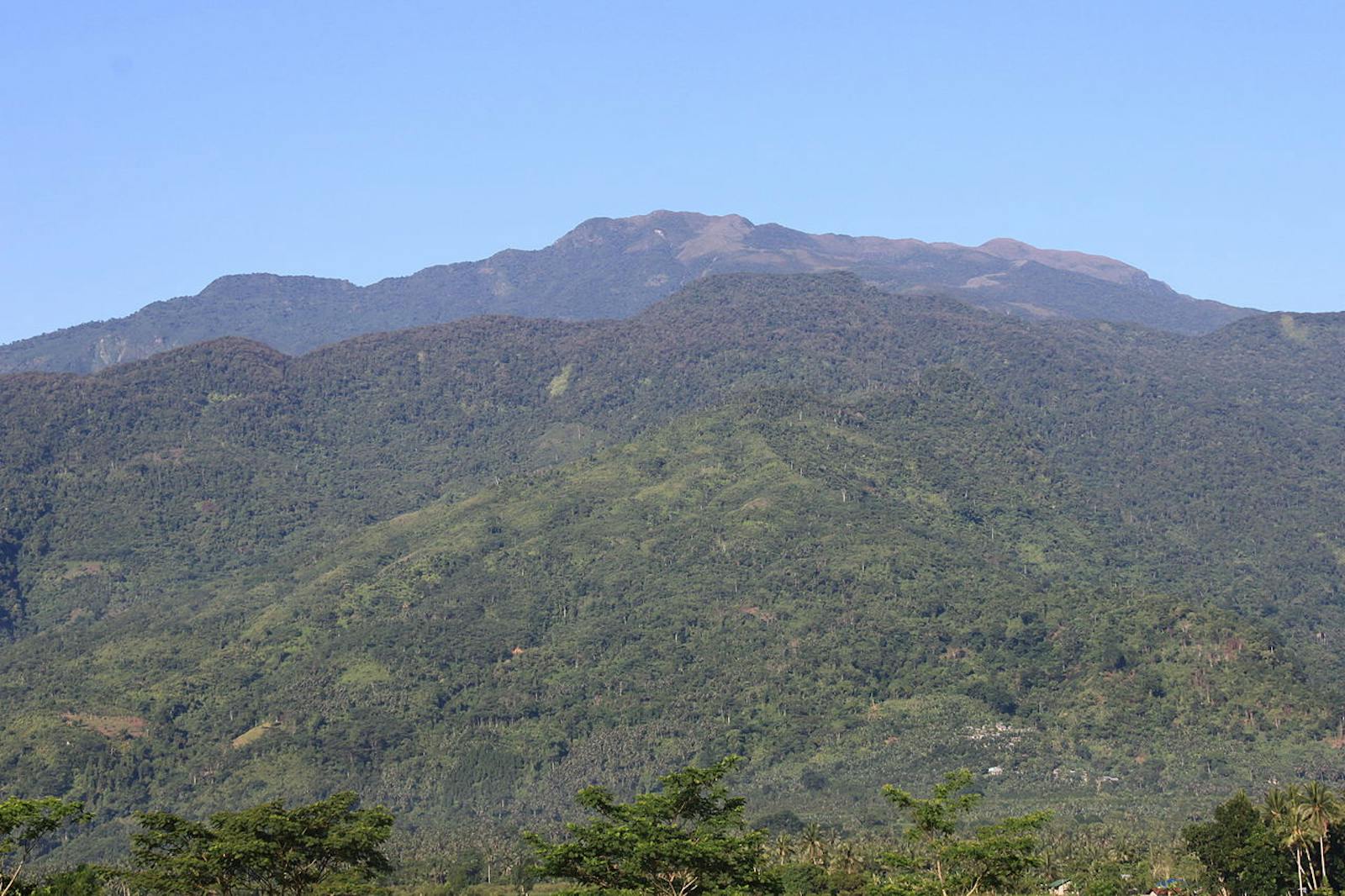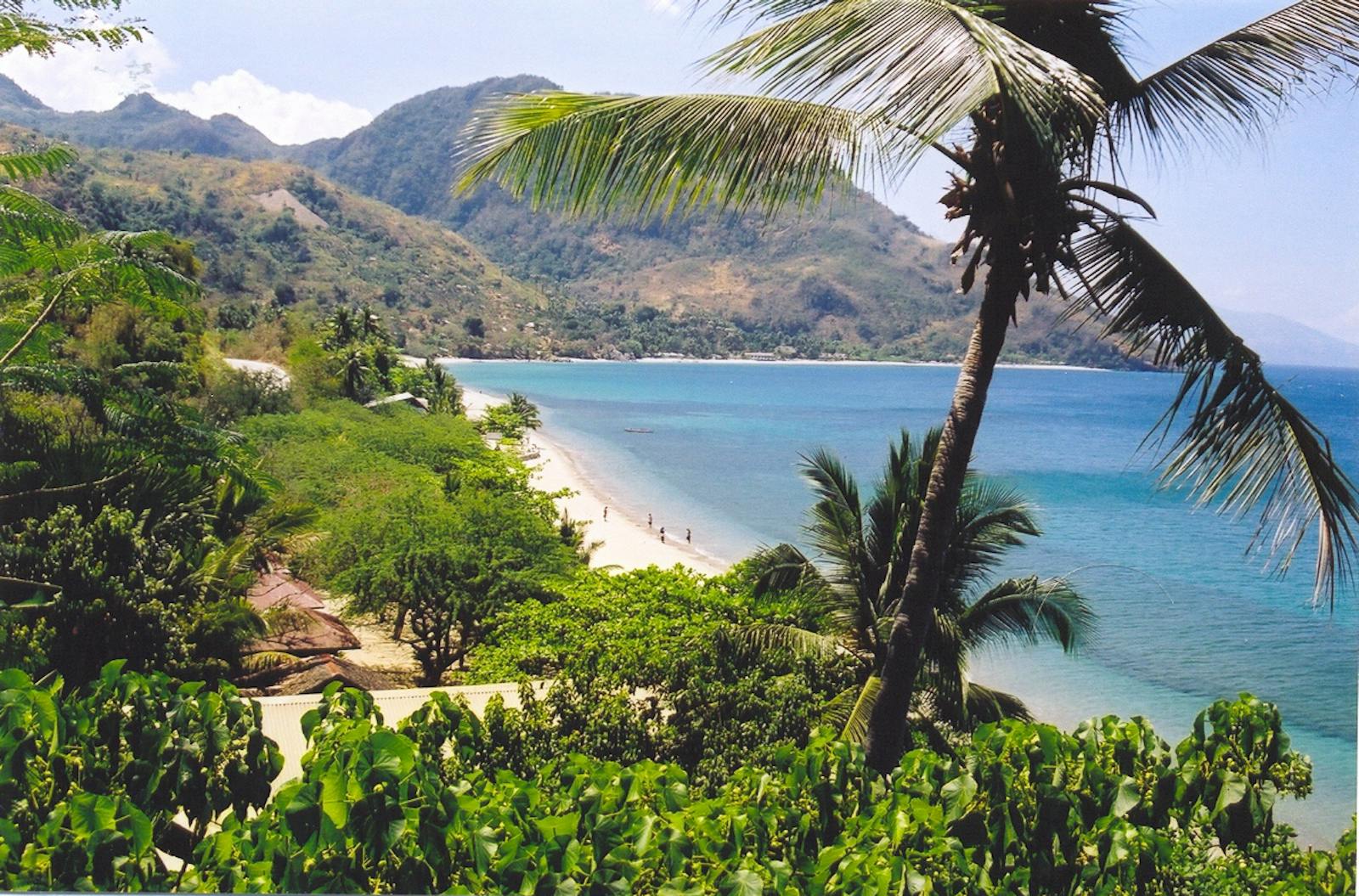Mindoro Rainforests
The ecoregion’s land area is provided in units of 1,000 hectares. The conservation target is the Global Safety Net (GSN1) area for the given ecoregion. The protection level indicates the percentage of the GSN goal that is currently protected on a scale of 0-10. N/A means data is not available at this time.
Bioregion: Philippines & Sulu Sea Tropical Forests (IM15)
Realm: Indomalaya
Ecoregion Size (1000 ha):
1,014
Ecoregion ID:
248
Conservation Target:
66%
Protection Level:
2
States: Philippines
In 1891, J.B. Steere, wrote this about Mindoro:
Even before, in geological time, the island remained isolated from the nearby islands when they became connected by land-bridges. This isolation has enabled species to evolve into endemic forms, and survive until recently with little threat from excessive habitat loss and unsustainable hunting. But all that is now changing in the Mindoro Rainforests ecoregion. The ecoregion represents Mindoro Island and the smaller satellite islands with a wet tropical climate. A dry season extends from December to May, and a wet season from June to November, with over 2,200 mm of annual rainfall. Tropical cyclones are common. The average high temperature is around 30ºC.

The flagship species of the Mindoro Rainforests ecoregion is the tamaraw. Image credit: Creative Commons
Vegetation of Mindoro is mostly lowland evergreen rainforest and lower montane forests, with some limestone forests and mangroves. The rainforests are dominated by species of Dipeterocarpaceae, and structurally complex with a canopy of over 45 m high. The characteristic trees include Dipterocarpus grandiflorus, Shorea almon, S. contorta, S. guiso, S. palosapis, S. negrosensis, Parashorea malaanonan, Diospyros blancoi, Pterocarpus indicus, and Anisoptera thurifera.
Several species endemic to Mindoro are part of this forest community, and include Symplocos filipes, Vaccinium woodianum, Elatostema halconense, and Mezoneuron mindorensis. Only small patches of these forests now remain. The semi-deciduous forests predominate in the western part of island, with some stands of Pinus merkusii above 600 m elevation. The lower montane forests grow from 750 to 1,200 m, and the trees are shorter than in the lowland forests, and are draped in mosses, epiphytic ferns, and orchids. The forests on nutrient deficient limestone karst substrates are stunted, and the trees are semi-deciduous.

Philippine crocodile. Image credit: Creative Commons
The island is recognized as an endemism hotspot in the Philippines. The most charismatic, flagship endemic species of this island is the tamaraw (or Mindoro dwaft buffalo), a much shorter, stockier version of the Asiatic water buffalo. A characteristic feature of the tamaraw is the hair on its back that is directed forwards, rather than towards the tail, resulting in distinct whorls. The tamaraw is also the national animal of the Philippines.
Endemism among the smaller species of non-volant mammals such as rats and volant bats, when combined with the geologic prehistory, provide an interesting model of the biogeographic patterns and processes in the region. Some of the endemic birds in this ecoregion are the Mindoro bleeding heart, Mindoro imperial pigeon, Mindoro scops owl, and Mindoro hornbill, which is now undergoing a decline due to forest loss and degradation, compounded by hunting. Refuge populations of the endemic Philippine freshwater crocodile are also found in this ecoregion.
Despite the long years of isolation, in the 1960s large-scale, mechanized logging operations opened the way for the continued demise of the rich, dense forests of Mindoro. Today, most of the large endemic tree species are critically endangered, and so is the fauna that depend on these intact forests for survival.
Thus the recommended priority conservation actions are to: 1) increase the extent of protected areas through a strategic planning process to create a linked network of reserves; 2) engage local communities in conservation; and 3) initiate species recovery plans for critically endangered species of fauna and flora.
Citations
1. Philippine Biodiversity Strategy and Action Plan. 2015-2028. Department of Environment and Natural Resources. https://www.cbd.int/doc/world/ph/ph-nbsap-v3-en.pdf downloaded 16 March 16, 2018
2. Tabaranza, B., Narvadez, S., Altamirano, R. and Resurreccion, N., 2003. Integrating forest conservation with local governance. In 3. Southeast Asia Regional Meeting of the International Union for the Conservation of Nature and Natural Resources-World Commission on Protected Areas, Mandaluyong City (Philippines), 1-5 Apr 2003.
3. Wikramanayake, E, E. Dinerstein, et al. 2002. Terrestrial Ecoregions of the Indo-Pacific: A Conservation Assessment. Island Press.




